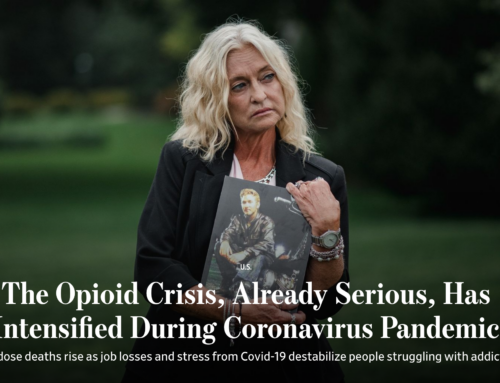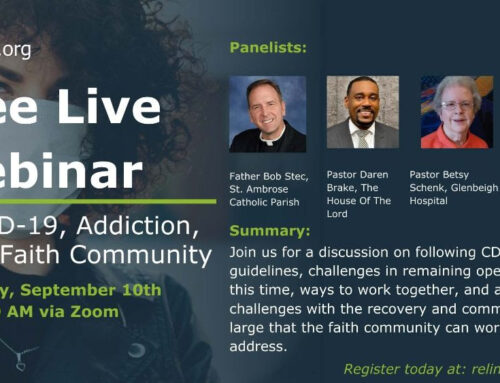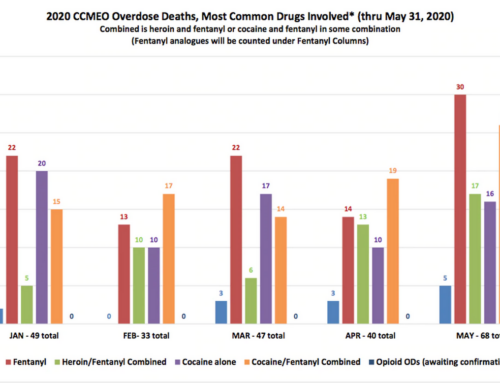 COLUMBUS, Ohio – Last year, 4,050 Ohio residents died of unintentional drug overdoses, up 32.8 percent from 2015, according a state report released Wednesday.
COLUMBUS, Ohio – Last year, 4,050 Ohio residents died of unintentional drug overdoses, up 32.8 percent from 2015, according a state report released Wednesday.
Nearly a third of those deaths were in Northeast Ohio.
State officials are attributing the surge to stronger drugs, including fentanyl and the emergence of a similar drug, carfentanil. Carfentanil was involved in 340 overdose deaths, most of them in the second half of the year, according to the Ohio Department of Health’s annual drug overdose death report.
Generally, heroin is twice as potent as morphine. Fentanyl is 50 times as potent as heroin and carfentanil is 50 times more potent as fentanyl. Sometimes people take a drug – usually heroin and sometimes cocaine – not knowing what substances are mixed in. They end up overdosing on fentanyl or carfentanil, said John Born, director of the Ohio Department of Public Safety.
“It takes very little to produce an overdose that can result in death,” said Tracy Plouck, director of the Ohio Department of Mental Health and Addiction Services.
Ohio has spent millions of dollars in drug prevention education, increasing access to treatment programs, arrests of traffickers and providing communities kits with medication that reverses drug overdoses.
Yet overdose deaths continue to rise.
Lori Criss, CEO of the Ohio Council of Behavioral Health and Family Services Providers, said in a statement Wednesday afternoon that the addiction epidemic has grown to unthinkable proportions.
“Current efforts are falling woefully short,” she said. “It’s time to turn the state’s full attention to the prevention and treatment of substance use disorders.”
Ohio’s opioid epidemic began in the mid 1990s, said Dr. Mark Hurst, medical director of the Ohio Department of Mental Health and Addiction Services.
“Unfortunately, the awareness of that only came retrospectively,” he said.
Officials continue to work to try to stay ahead of the state’s addiction problem, Hurst said, adding that a silver lining in Wednesday’s report was that 2016 had the fewest unintentional prescription opioid overdose deaths since 2009.
Earlier Wednesday, Gov. John Kasich, Hurst and other officials announced new rules to limit opioid prescriptions to patients experiencing acute, or temporary, pain.
There are indications that cocaine is increasingly being used with fentanyl and other opiates. Last year, 1,109 people died of cocaine overdoses – up from 61.9 percent from 2015. Among the cocaine deaths in 2016, 80.2 percent also involved an opiate.
Fentanyl and related drug deaths in Ohio:
- 2016: 2,357
- 2015: 1,155
- 2014: 503
- 2013: 84
- 2012: 75
Overall drug overdose deaths:
- 2016: 4,050
- 2015: 3,050
- 2014: 2,531
- 2013: 2,110
- 2012: 1,914
About 28 percent of the deaths occurred in Northeast Ohio:
- Cuyahoga County: 547
- Summit: 298
- Lorain: 146
- Lake: 94
- Medina: 41
- Geauga: 24





